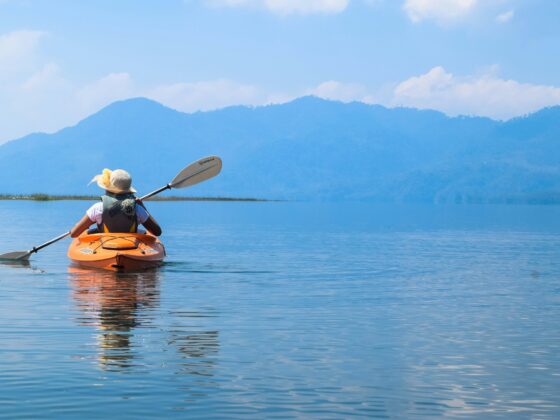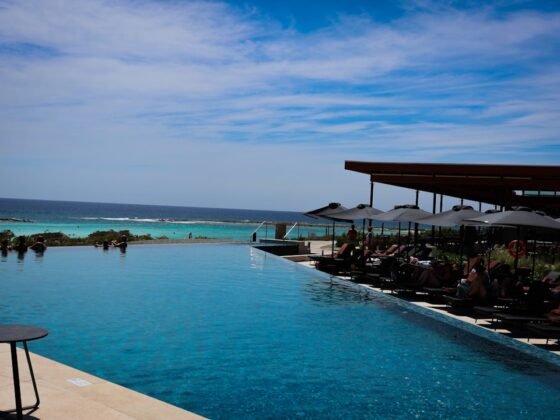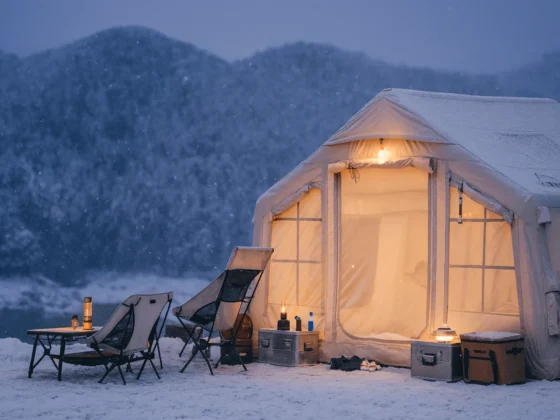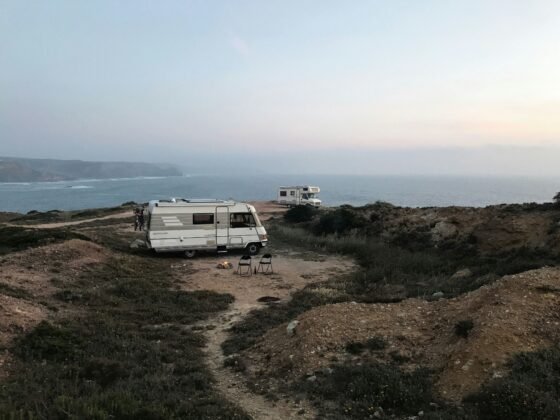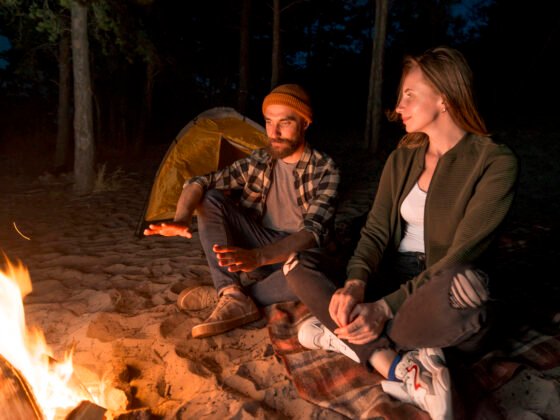Whale watching in Sydney offers a unique opportunity to observe these majestic creatures in their natural habitat. For those planning to go on a Sydney whale watching cruise, understanding whale behaviour can greatly enhance the experience. Here are some insights into the common behaviours you might witness and the significance behind them.
The Humpback Highway and Migration Patterns
Each year, from May to November, humpback whales migrate along the New South Wales coast. This journey, often referred to as the “Humpback Highway,” sees thousands of whales travel from the cold Antarctic waters to the warmer breeding grounds near the Great Barrier Reef. Sydney’s coastline becomes a prime location for spotting these magnificent creatures as they make their way north.
Common Whale Behaviours to Observe
- Breaching
- Description: Breaching is when a whale propels itself out of the water and crashes back down with a splash.
- Significance: While the exact reasons remain a mystery, breaching is thought to be a form of communication, play, or a method to dislodge parasites.
- Tail Slapping (Lobtailing)
- Explanation: This occurs when a whale lifts its tail flukes out of the water and slaps them forcefully onto the surface.
- Possible Reasons: Tail slapping may serve as a warning signal to other whales or a means of communication.
- Pectoral Fin Slapping
- Details: Whales will sometimes raise their long pectoral fins and slap them against the water.
- Theories: It is believed that pectoral fin slapping is used for communication or could be a playful activity.
- Spyhopping
- Definition: Spyhopping involves a whale vertically poking its head out of the water to look around.
- Purpose: This behaviour allows whales to observe their surroundings above the water’s surface, possibly out of curiosity or to locate prey.
- Blowing and Surfacing
- Explanation: When a whale surfaces to breathe, it expels a spout of water vapour through its blowhole.
- Significance: Different species can often be identified by the shape and size of their blow. Observing breathing patterns can also provide insight into the whale’s activities and health.
Other Marine Life Behaviours
During your Sydney whale watching cruise, you might also encounter dolphins, seals, and occasionally orcas. These species exhibit their own fascinating behaviours:
- Dolphins: Known for their playful nature, dolphins often ride the bow waves of boats and can be seen leaping out of the water.
- Seals: These marine mammals are typically observed basking on rocks but can also be spotted swimming gracefully in the water.
- Orcas: Also known as killer whales, orcas are apex predators and can display complex hunting techniques and social behaviours.
Enhancing Your Whale Watching Experience
To get the most out of your whale watching adventure, consider these tips:
- Patience and Respect: Whales are wild animals following their own schedules, so patience is key, and maintaining a respectful distance is crucial for their wellbeing.
- Observation Skills: Bring binoculars and a camera to capture the action. Pay attention to movements and behaviours to fully appreciate these marine giants.
Conservation and Responsible Whale Watching
Whale watching provides a great experience for tourists and those interested in whales but also plays a crucial role in marine conservation. By choosing responsible operators, like those running tours from Go Whale Watching Sydney, you support efforts to protect and study whale populations. These tours often contribute to research initiatives and promote awareness about the importance of preserving marine ecosystems.
Understanding whale behaviour enriches the experience of a Sydney whale watching cruise. From the spectacular breaches to the subtle spyhops, each behaviour tells a story about the lives of these magnificent creatures. By observing and appreciating these behaviours, you gain a deeper connection to the natural world and contribute to its conservation.
Ready to witness the magic of the humpback migration? Book your tour with Go Whale Watching Sydney and prepare for an unforgettable adventure.
Photo by Todd Cravens on Unsplash



